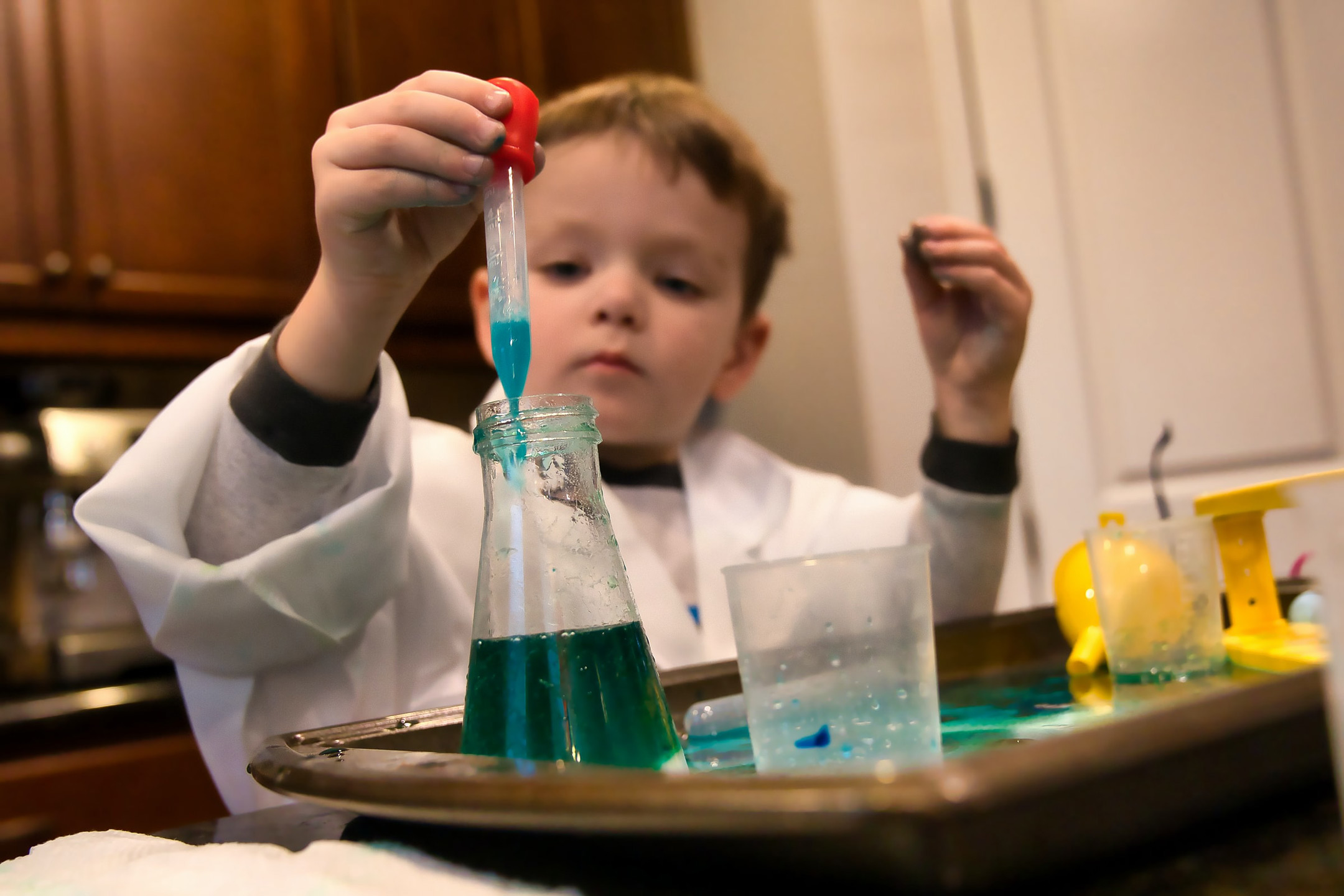
25 Aug Celebrate Science with DIY Science
Looking for some great activities for kids during lockdown? National Science Week gave everyone a chance to get involved whether you are at home or at school. Here are some ideas for activities at home.
With thanks to Jenny Lynch from Creative Science and Emma Donnelly from Comm-it for creating these activities for National Science Week. Other National Science Week contributors have DIY activities to try too – check out these ones from:
Boozy Bubbles
While the bubbles in most of our fizzy or sparkling drinks are made of carbon dioxide (CO2) gas, the other substances in (or not in) our drinks can change their behaviour. A scientific comparison of the bubbles in beer, sparkling wines, and soda water.
Download now (340 MB, pdf).
Colour Change Cocktails
Butterfly Blue Pea Flower (scientific name Clitoria ternatea) is also referred to as blue-pea, aprajita, Cordofan pea or Asian pigeonwings. The blue flower’s colour is leached when steeped in warm or hot water. It is used as a natural dye and food colouring.
Download now (1.5 MB).
Five Serves of Science
Fruits and vegetables are packed with nutrients and stuffed full of science! Use the chemicals in five different colourful food plants to do surprising science experiments.
Download now (434 kB, pdf).
Meandering Maths
Discover symmetry, fractals, Fibonacci numbers, and more in flowers and leaves, and measure the height of trees using a simple geometrical trick.
Download now (3.9 MB, pdf)
Mineral Art
Humans have left their mark on the world through art since ancient times. Make your own mineral-based writing tools to create unique works of art.
Download now (340 kB, pdf).
Ordinary Chemistry
Explore chemistry concepts and techniques using everyday tools and ingredients.
Download now (1.3 MB, pdf).
Ricotta Cheese
Ricotta is a simple cheese to make and one you can eat with pasta, salad, on toast or add to other recipes like spinach and ricotta rolls.
Download now (680 kB, pdf)
Tempering Chocolate
The tempering process involves three basic steps; heating the chocolate, cooling and the carefully heating again.
Download now (385 kB, pdf).
This information was provided with thanks to National Science Week

